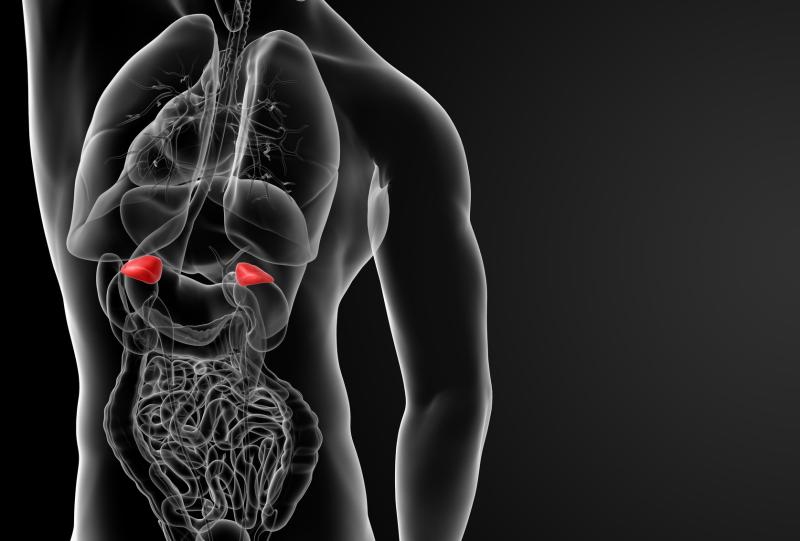
Target organ damage appears to be more noticeable in patients affected by primary aldosteronism than those affected by arterial hypertension without primary aldosteronism, suggests a study, adding that specific treatment can ease such condition.
A quantitative review was performed on studies that assessed the parameters of renal function in patients affected by primary aldosteronism vs arterial hypertension without primary aldosteronism and in patients affected by primary aldosteronism before and after treatment.
The databases of Medline, Embase and the Cochrane Central Register of Controlled Trials were searched from January 1960 up to April 2019. Forty-six studies, which included 6,056 patients with primary aldosteronism and 9,733 patients affected by arterial hypertension without primary aldosteronism, met the eligibility criteria.
The estimated glomerular filtration rate (eGFR) was increased by 3.37 ml/min (interquartile range [IQR], 0.82–5.93) in patients with primary aldosteronism compared with hypertensive individuals without primary aldosteronism after 8.5 years from hypertension diagnosis. The former also had a more severe albuminuria (standard mean difference, 0.55; IQR, 0.19–0.91), which led to a correlation with microalbuminuria (odds ratio [OR], 2.09, 95 percent confidence interval [CI], 1.40–3.12) and proteinuria (OR, 2.68, 95 percent CI, 1.89–3.79).
After a median follow-up of 12 months, eGFR decreased by –10.69 ml/min (IQR, –13.23 to –8.16) following primary aldosteronism treatment. This was consistent in both medically and surgically treated patients. Likewise, albumin excretion decreased and serum creatinine increased after treatment.
“In experimental animal models, exogenous aldosterone excess has been linked to the progression of renal disease,” the investigators noted.